LAM 810-017034-005 End Point Detector Assembly Dual Filter
LAM 810-017034-005 End Point Detector Assembly Dual Filter
LAM 810-017034-005 is a component number for semiconductor equipment and is likely a product produced by LAM Research. LAM Research is a leading semiconductor equipment and service provider whose products are widely used in multiple stages of integrated circuit (IC) manufacturing, including critical processes such as thin film deposition, plasma etching, and cleaning.
This accessory number “810-017034-005” specifically corresponds to which component or system accessory, and there is no direct information displayed because semiconductor equipment has a wide variety of accessories, including but not limited to reaction chamber components, pumps, valves, controllers, sensors, etc. These accessories are crucial for maintaining normal equipment operation, ensuring machining accuracy, and improving production efficiency.
The LAM 810-017034-005 detection method based on grayscale changes detects the changes in grayscale intensity of the area around corner points. Moravec first proposed an algorithm for extracting corners using grayscale variance: taking a small window centered on a pixel, calculating the sum of squares of the grayscale differences between adjacent pixels in four directions around it, and then taking the minimum value of the four values as the pixel’s corner response value. If the value is greater than or equal to the set threshold and local maximum value, the point is judged as a corner. The Moravec algorithm has a simple process, but the computational complexity is very high, resulting in slow execution and execution of the algorithm.
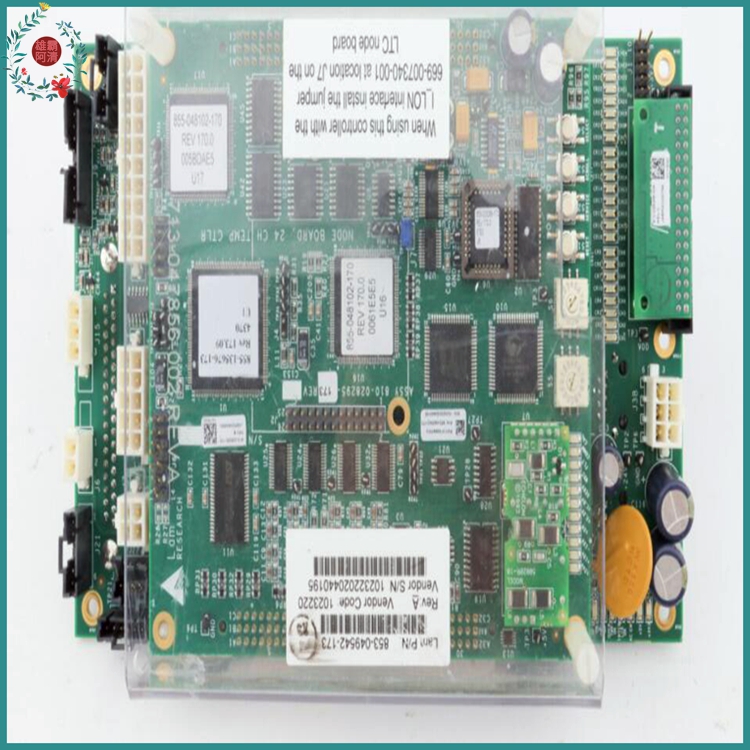 Additionally, due to only considering adjacent pixels in the four directions of the pixel, the algorithm has strong autocorrelation, making it extremely sensitive to noise. Chris Harris and Mike Stephens proposed the Harris corner detection algorithm based on the Moravec algorithm in 1988. The 810-017034-005 corner detection algorithm considers the contribution of different pixels in the window and constructs a local structural tensor that combines the contribution of each pixel using a two-dimensional Gaussian function and a first-order Taylor function. For flat areas in the image, the eigenvalues of the local structural tensor are relatively small, while for edge pixels in the image, the two eigenvalues of the local structural tensor differ significantly; For corner points, both eigenvalues of their local structural tensor are relatively large. Chris Harris and Mike Stephens utilized this feature to establish a corner response function and extracted corners from the image based on threshold filtering. The Harris algorithm is a classic algorithm based on grayscale changes, which is widely used due to its good robustness under rotation and lighting changes. However, the Harris algorithm still has some obvious problems, such as the accuracy of corner extraction completely depending on the selection of threshold. When the threshold is too high, many true corners will be missed. When the threshold is too small, flat areas with small differences in surrounding grayscale values can also meet the threshold condition, resulting in a large number of false corners, especially edge points that are easily detected as corners.
Additionally, due to only considering adjacent pixels in the four directions of the pixel, the algorithm has strong autocorrelation, making it extremely sensitive to noise. Chris Harris and Mike Stephens proposed the Harris corner detection algorithm based on the Moravec algorithm in 1988. The 810-017034-005 corner detection algorithm considers the contribution of different pixels in the window and constructs a local structural tensor that combines the contribution of each pixel using a two-dimensional Gaussian function and a first-order Taylor function. For flat areas in the image, the eigenvalues of the local structural tensor are relatively small, while for edge pixels in the image, the two eigenvalues of the local structural tensor differ significantly; For corner points, both eigenvalues of their local structural tensor are relatively large. Chris Harris and Mike Stephens utilized this feature to establish a corner response function and extracted corners from the image based on threshold filtering. The Harris algorithm is a classic algorithm based on grayscale changes, which is widely used due to its good robustness under rotation and lighting changes. However, the Harris algorithm still has some obvious problems, such as the accuracy of corner extraction completely depending on the selection of threshold. When the threshold is too high, many true corners will be missed. When the threshold is too small, flat areas with small differences in surrounding grayscale values can also meet the threshold condition, resulting in a large number of false corners, especially edge points that are easily detected as corners.
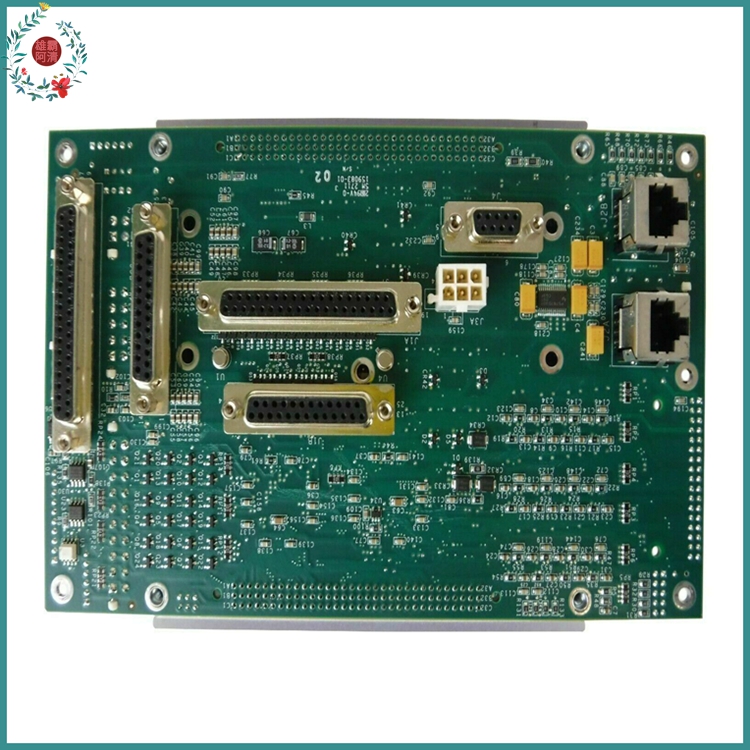
LAM 810-017034-005 contour based method is a corner detection algorithm based on image edge features, which uses extracted edge information to determine corners. Mokhtarian et al. proposed a corner detection method based on curvature scale space in 1998. This method defines corner points as points with the highest absolute curvature value on the edge. The main idea of LAM 810-017034-005 is to first use the Canny edge detection algorithm to extract edge contour information from the image, then calculate the curvature value of each pixel on the edge contour, identify points with the highest local curvature absolute value as candidate corner points, and then filter candidate corner points from high to small scales. Afterwards, the curvature scale space was widely applied in corner detection algorithms based on edge contours. The authors of such methods first use single scale or multi-scale Gaussian filters to smooth the image, then use the Canny edge extraction operator to extract all edge contours in the image and fill in the gaps of the edge contours. Then, at large scales, calculate the curvature at each point of the smooth curve to filter out the point with the highest absolute curvature, and finally track the candidate corner points to accurately locate them at small scales. However, this method has three main problems: on the one hand, the curvature estimation technique in scale space is sensitive to local grayscale changes and noise on the curve; On the second hand, selecting the appropriate Gaussian scale to smooth curves is a challenging task; Thirdly, it is difficult to select appropriate thresholds to filter corners for different images, which can easily lead to missed detections and false positives.
Other related models:
LAM 853-049542-173
LAM 810-066590-004
LAM 810-068158-014
LAM 839-13521-1
LAM 853-001983-011
LAM 810-046015-010
LAM 810-069751-114
LAM 810-072907-005
LAM 810-234640-312
LAM 810-520659-001
LAM 810-801237-021
LAM 810-048219-015
LAM 605-109114-003
LAM 810-001489-016
LAM 810-017034-005
LAM 810-068158-015
LAM 810-073479-215
LAM 810-082745-003
LAM 810-099175-011
LAM 810-102361-222
LAM 810-225420-002
LAM 810-800081-022
LAM 810-800082-043
LAM 810-017034-005 End Point Detector Assembly Dual Filter

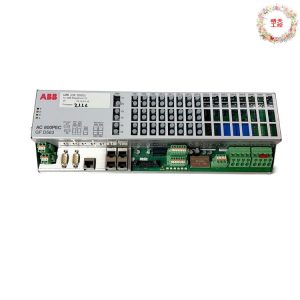
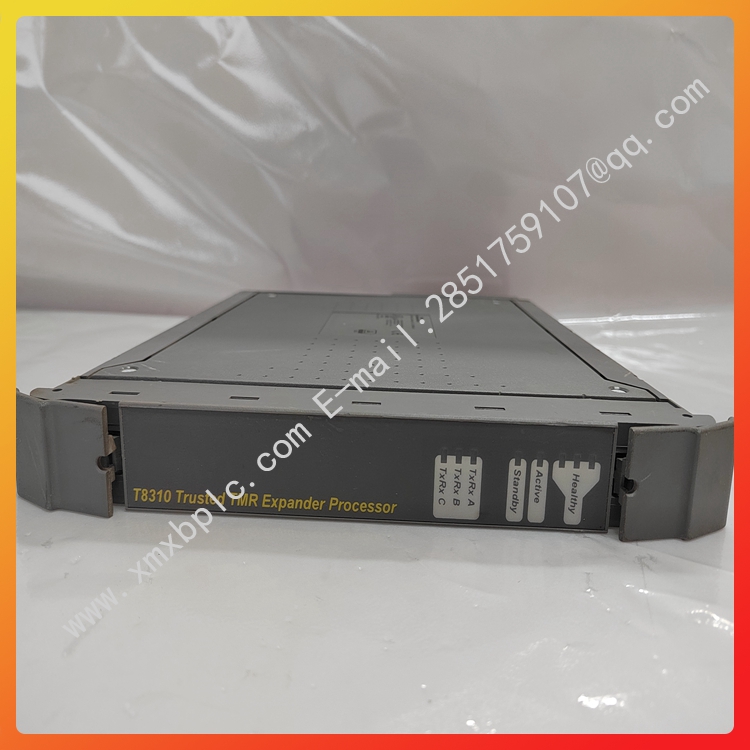
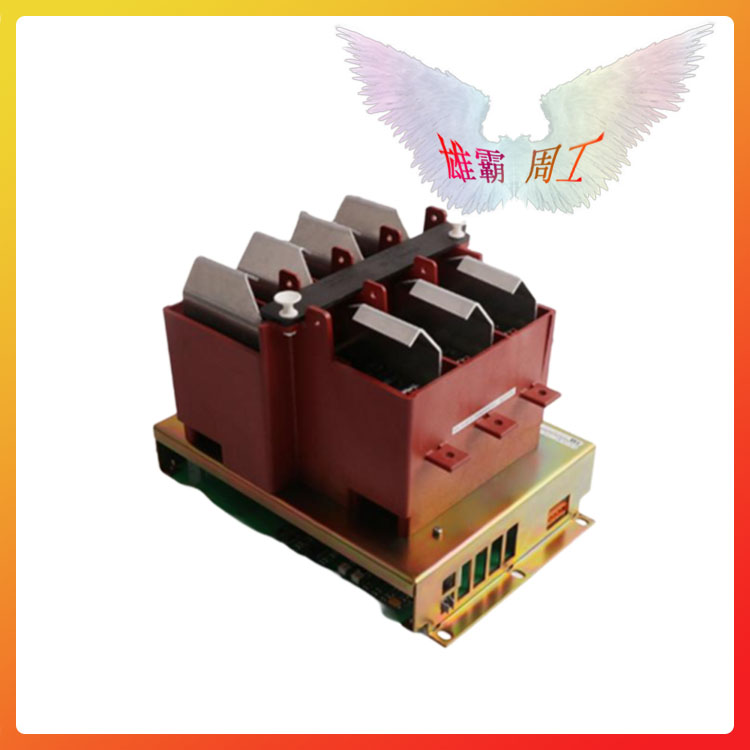
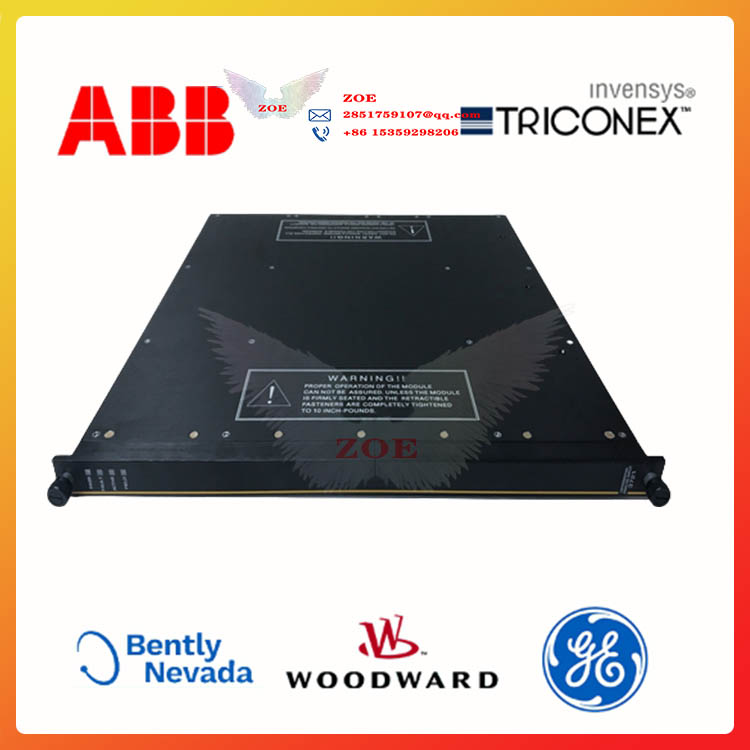
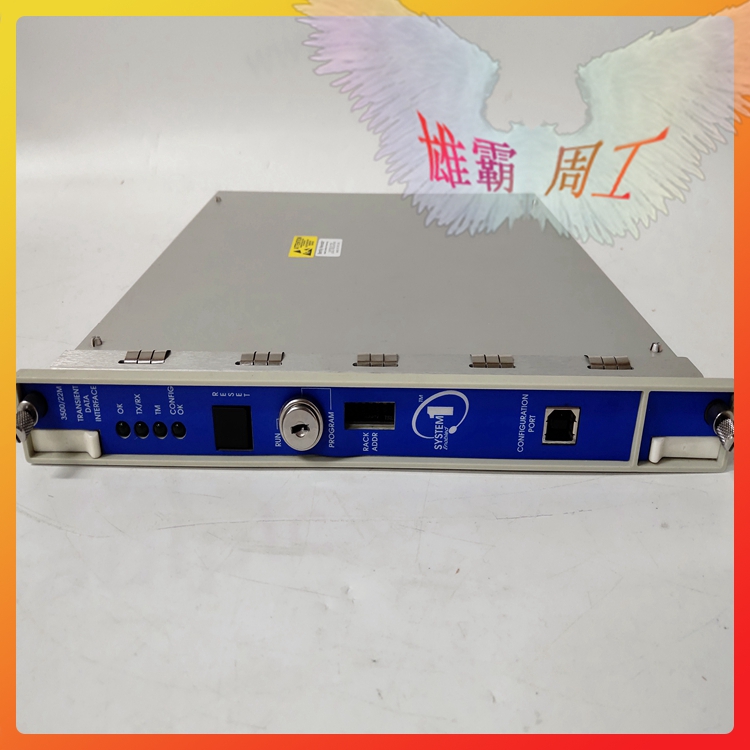
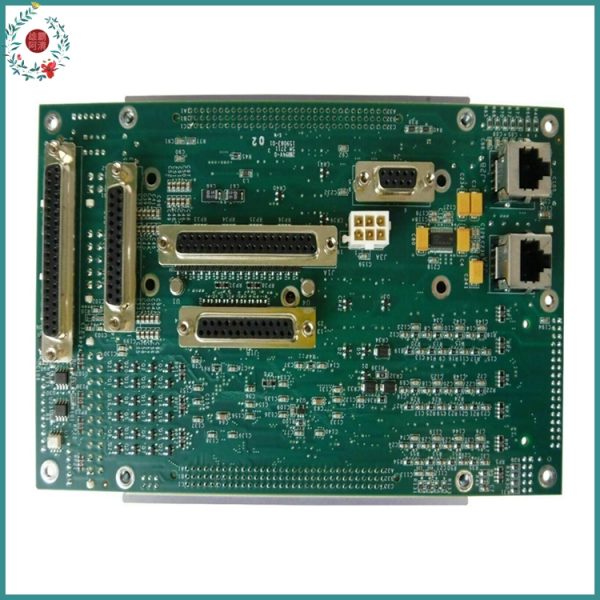

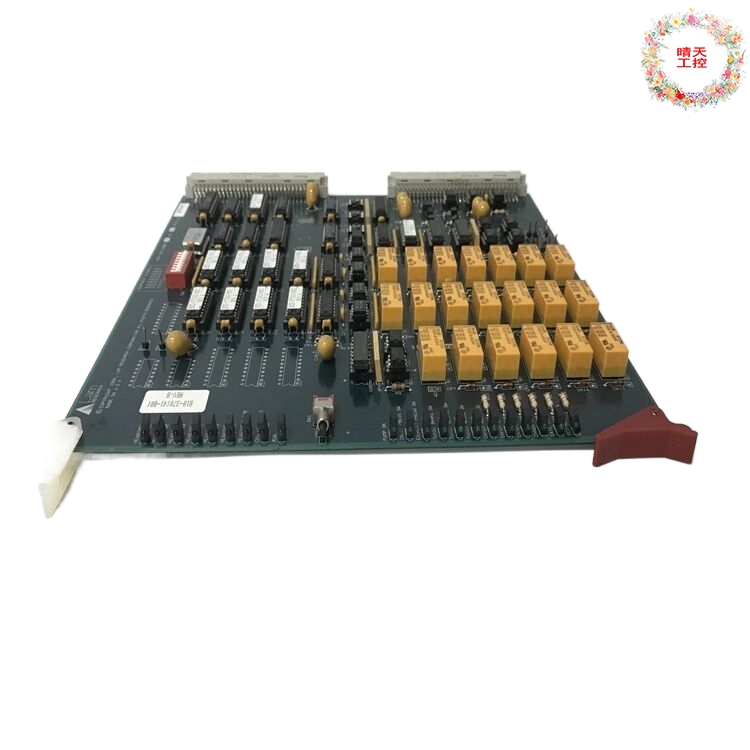
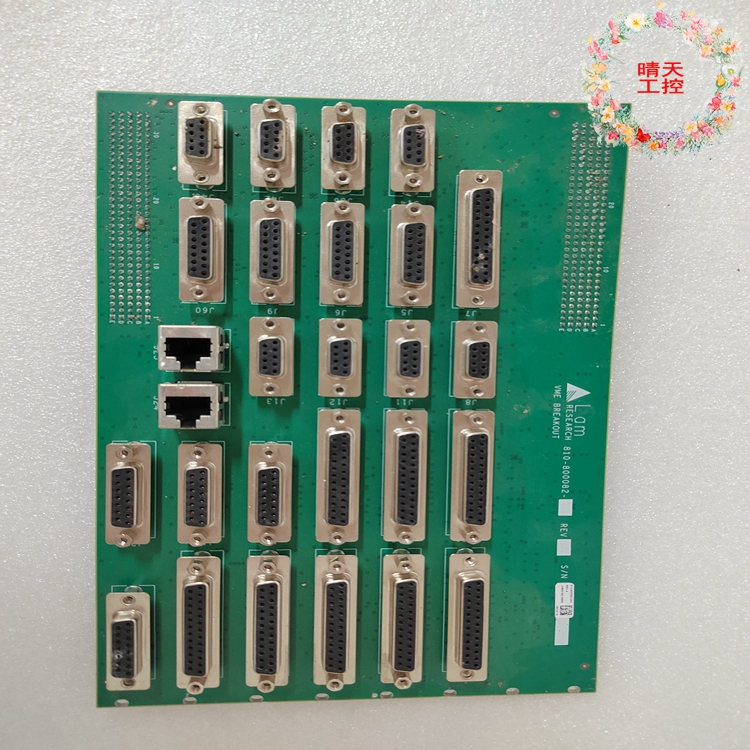
Reviews
There are no reviews yet.